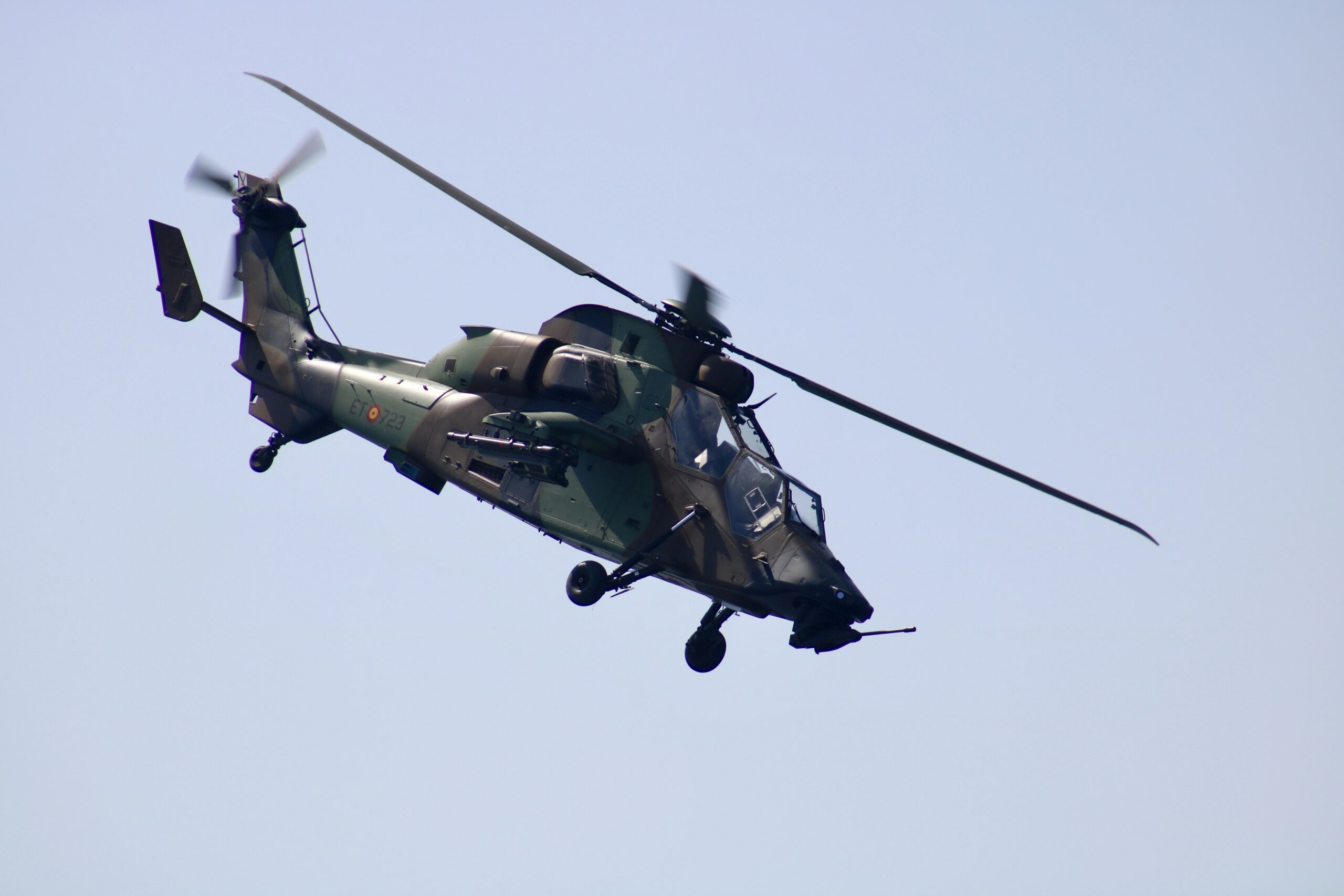
Iranian President Ebrahim Raisi and Foreign Minister Hossein Amir-Abdollahian have died in a helicopter crash, state media confirmed. The incident occurred in poor weather conditions, triggering an extensive search and rescue operation. This marks a significant moment for Iran’s political landscape.
Key Facts
- President Ebrahim Raisi and Foreign Minister Hossein Amir-Abdollahian died in a helicopter crash.
- The crash occurred in poor weather conditions.
- A search and rescue operation was launched to locate the helicopter.
- No survivors were found at the crash site.
- First Vice President Mohammad Mokhber has assumed the role of interim president.
- An election must be held within 50 days to select a new president.
Iranian President Ebrahim Raisi and Foreign Minister Hossein Amir-Abdollahian were killed in a helicopter crash. The confirmation came after an extensive search and rescue operation following the incident, which took place in adverse weather conditions. The loss of the president and foreign minister represents a significant blow to Iran’s leadership.
The helicopter crash occurred in poor weather conditions, specifically dense fog, which significantly hampered visibility and complicated the search efforts. The challenging terrain of the crash site further added to the difficulties faced by the rescue teams. The specific type of helicopter involved in the crash was not specified in the source.
A search and rescue operation was launched immediately after the helicopter’s disappearance. Teams from the Iranian Red Crescent, the military, and other emergency services were deployed to the area. The operation involved the use of drones and search dogs to locate the wreckage. The exact number of personnel involved in the search and rescue operation was not specified.
No survivors were found at the crash site. After locating the wreckage, rescue teams confirmed that all passengers and crew members on board the helicopter had died. The bodies of President Raisi, Foreign Minister Amir-Abdollahian, and the other victims were recovered and transported to Tehran. The identities of the other individuals on board the helicopter were not fully detailed in the source.
Following the death of President Raisi, First Vice President Mohammad Mokhber has assumed the role of interim president. This transition is in accordance with the Iranian constitution, which outlines the procedure for presidential succession in the event of the president’s death or incapacitation. Mokhber’s immediate responsibilities include overseeing the government’s operations and preparing for the upcoming presidential election.
An election must be held within 50 days to select a new president. The Iranian government is now tasked with organizing and conducting the election within this timeframe. The election will determine who will succeed Raisi as the next president of Iran and shape the country’s political direction. The specific details regarding the election timeline and candidate registration process were not specified in the source.
Background
Ebrahim Raisi was elected as the President of Iran in 2021. His presidency was marked by a focus on economic reforms and a conservative social agenda. Raisi was a controversial figure due to his past involvement in the Iranian judiciary and his role in the 1988 executions of political prisoners. His death creates a power vacuum and necessitates a swift transition in leadership.
Hossein Amir-Abdollahian served as the Foreign Minister of Iran under President Raisi. He was a key figure in Iran’s foreign policy and played a significant role in negotiations with other countries. His death also represents a loss of expertise and experience in Iran’s diplomatic efforts.
Mohammad Mokhber, the First Vice President, has a background in economics and management. He previously served as the head of the Setad Ejraiye Farmane Hazrate Emam, a powerful economic conglomerate with close ties to the Supreme Leader. His appointment as interim president places him in a crucial position to stabilize the government and oversee the upcoming election.
Timeline / What We Know
- 2021: Ebrahim Raisi is elected as the President of Iran.
- 2024-05-19: President Raisi’s helicopter crashes in poor weather conditions.
- 2024-05-20: The deaths of President Raisi and Foreign Minister Amir-Abdollahian are confirmed. Mohammad Mokhber assumes the role of interim president.
- Within 50 days: An election must be held to select a new president.
On May 19, 2024, President Raisi’s helicopter crashed due to poor weather conditions, initiating an immediate search and rescue operation. The operation continued overnight, and on May 20, 2024, the deaths of President Raisi and Foreign Minister Amir-Abdollahian were confirmed. Following the confirmation, Mohammad Mokhber was appointed as the interim president, and plans were set in motion to hold an election within 50 days.
Official Reactions
The Iranian government has announced a period of mourning following the deaths of President Raisi and Foreign Minister Amir-Abdollahian. Supreme Leader Ayatollah Ali Khamenei has expressed his condolences and assured the public that the government will continue to function without disruption. International reactions have been mixed, with some countries expressing sympathy and others remaining silent.
Supreme Leader Ayatollah Ali Khamenei has issued a statement emphasizing the importance of maintaining stability and continuity in the government. He has called on all government officials to work together to ensure a smooth transition of power and to address the challenges facing the country. The full text of his statement can be found on the official website of the Supreme Leader (https://www.leader.ir/en).
What’s Next
In the immediate future, interim President Mohammad Mokhber will focus on maintaining stability and ensuring the continuation of government operations. The government will also begin preparations for the upcoming presidential election, which must be held within 50 days. The election will determine the next president of Iran and will have significant implications for the country’s future.
Several scenarios could unfold in the coming weeks. First, the registration of candidates for the presidential election will commence, and various political factions will likely nominate their representatives. The field of candidates could range from hardliners aligned with the current establishment to more moderate figures seeking to appeal to a broader electorate. Second, the campaign period will be marked by debates and rallies as candidates attempt to garner support from the public. The issues debated could include economic policy, foreign relations, and social reforms. Third, the election itself will be a closely watched event, both domestically and internationally. The outcome of the election could lead to significant shifts in Iran’s political landscape and its relations with the rest of the world.
Depending on the outcome of the election, Iran’s future could take several different paths. If a hardline candidate is elected, the country could see a continuation of current policies, with a focus on maintaining the status quo and resisting external pressures. If a more moderate candidate is elected, there could be opportunities for improved relations with the West and a greater emphasis on economic reforms. The election will be a pivotal moment for Iran, and its outcome will shape the country’s trajectory for years to come. For related content, see this analysis of Iranian political trends.

